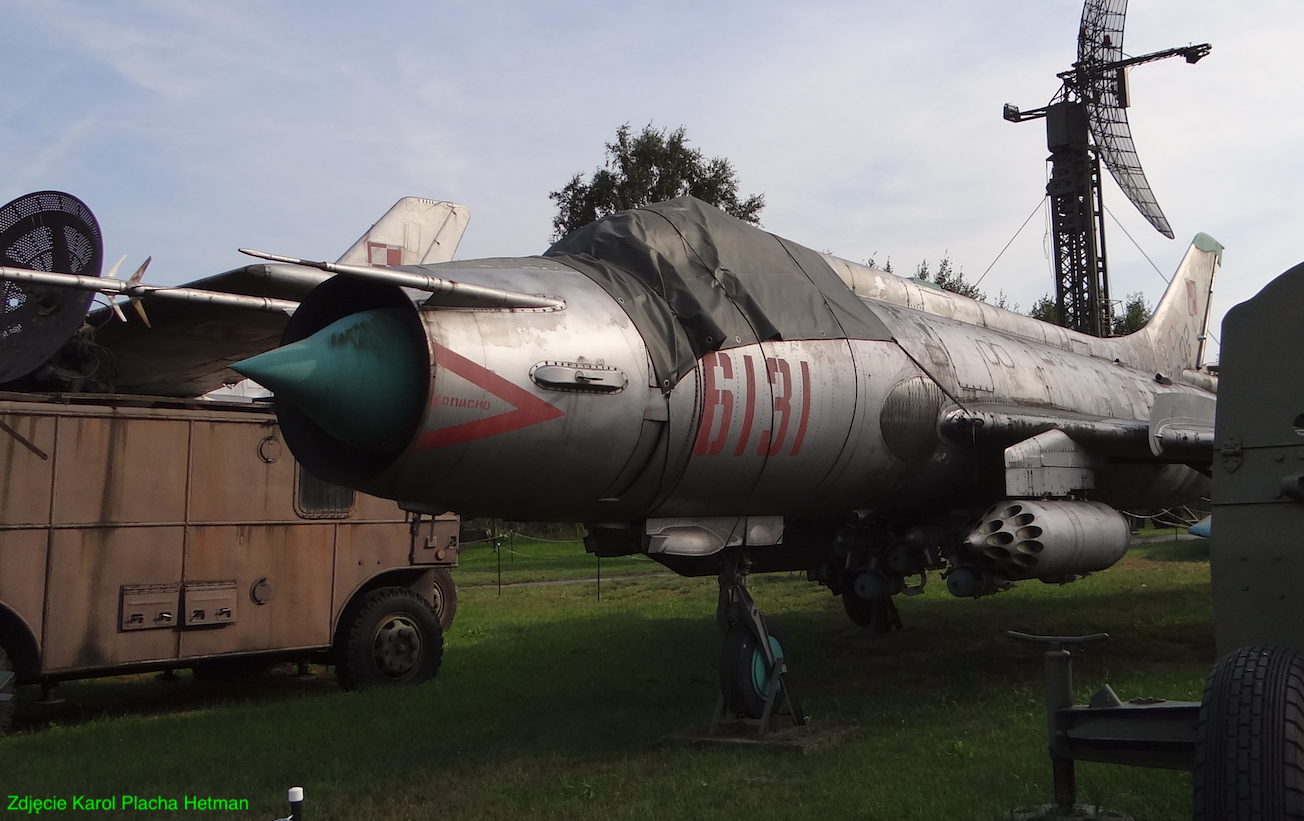Bydgoszcz 2019-09-19
Uderzenie pioruna w samolot Su-20 w 1988 roku.
Major Krzysztof Krzysztoforski
Uderzenie pioruna w samolot Su-20 pilotowany przez majora Krzysztofa Krzysztoforskiego.
W tym dniu załogi samolotów Su-20 wykonywały loty szkolno-bojowe na ataki na cele na poligonie. Pogoda była zła; dolna podstawa chmur 300 m, widzialność 3 000 m, wiatr 2 m/s z północnego-zachodu. Z powodu pogody loty nie wykonano grupowo, lecz pojedynczo. Startowano w odstępstwach czasowych. Podczas powrotów na lotnisko samoloty Su-20 były atakowane przez samoloty myśliwskie. Major pilot Krzysztof Kszysztoforski po minięciu „wyjściowego punktu trasy” leciał pond chmurami. Aż do ostatniego punktu zwrotnego. Pogoda była stabilna. Z chwilą wejścia na kurs nad cel chmury były wyżej, ale były to chmury burzowe. Pierwszą ciemną chmurę pilot ominął. Zachmurzenie jednak się zwiększyło. Warstwa chmur miała pułap 400 m – 4 000 m. Aby wykonać zadanie należało przebijać się przez „spokojne” chmury.
Nagle pilota oślepił ogromny blask i znalazł się w ognistej kuli. Usłyszał huk, szarpnęło samolotem i nastała cisza. Pilot ocenił, że nastąpiło wyładowanie elektryczne, czyli samolot został trafiony piorunem. W samolocie, na tablicy przyrządów zaczęły żarzyć się lampki, a w sekundę później nastąpiło gwałtowne wyhamowanie prędkości. Jak się później okazało, było to spowodowane otwarciem spadochronu hamującego. Wskazówka obrotomierza silnika zbliżała się do zera. Pilot odruchowo pchnął dźwignię gazu do przodu. Bez efektu. Pilot zdał sobie sprawę, że silnik zgasł. Wszystko wskazywało na konieczność katapultowania się. Pilot podjął decyzję o ponownym uruchomieniu silnika. Palące się na desce rozdzielczej lamki świadczyły o istnieniu zasilania. Pilot o swoje decyzji powiadomił kierownika lotów. Pilot wprowadził samolot na zniżanie. Przycisnął przycisk rozruchu. Zapaliła się zielona lampka. Pilot usłyszał delikatny szum, a następnie świst. Turbina silnika powoli wchodziła na obroty. Pilot odczuł ulgę. Ustaliły się obroty minimalne silnika, które nie zapewniające jeszcze lotu poziomego. Pilot przesunął dźwignię gazu do przodu. Turbina posłuszne weszła na obroty. Wysokościomierz wskazywał akurat 1 600 m, gdy samolot rozpoczął wznoszenie. Pilot zameldował o przerwaniu zadania i o powrocie do bazy na wysokości 5 000 m, aby być ponad chmurami.
Przed lądowaniem pilot wysunął podwozie. Usłyszał trzask zamków, lecz lampki kontrolne się nie zapaliły. Nie miał także pewności czy wysunęły się wszystkie klapy w samolocie. Przeleciał, więc nisko nad wieżą kontroli lotów. Sprawdzili. Wyszło wszystko, co trzeba. Dostrzeżono także linę od spadochronu ciągnioną przez maszynę. To wyjaśniło wcześniejsze wibracje. Lądowanie przebiegło pomyślnie. Oględziny maszyny wykazały liczne nadpalenia wystających anten i statecznika pionowego, z którego wyparowało światło pozycyjne. Widoczne były smugi i okopcenia po dymie i ogniu. Instalacja elektryczna miała liczne zwarcia, a wiele przewodów stopiło się. Były i takie, które wyparowały pozostawiając tylko teflonowe osłony. Po wypuszczeniu podwozia zamiast kontrolek w kabinie zapaliły się światła pozycyjne. Paliły się też lampki kontrolne nie włączonych urządzeń. Nie działała czarna skrzynka. Po podłączeniu samolotu do źródła prądu lotniskowego wyczuwało się swąd, a w tylnej części samolotu pojawił się dym. Można domyślać się, co by się stało gdyby lot trwał dłużej.
Major pilot Krzysztof Krzysztoforski został odznaczony Krzyżem Kawalerskim Orderu Odrodzenia Polski.
Opracował Karol Placha Hetman


